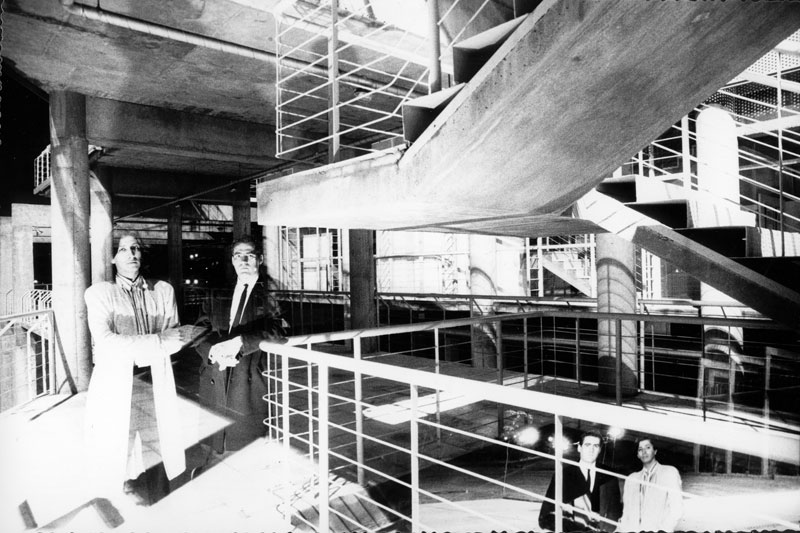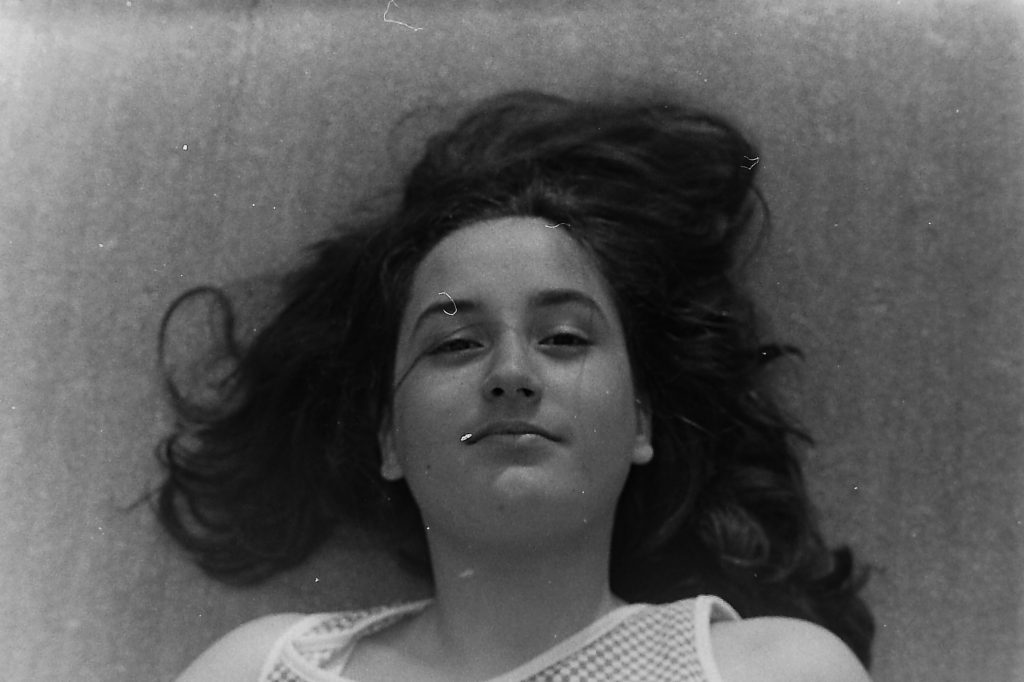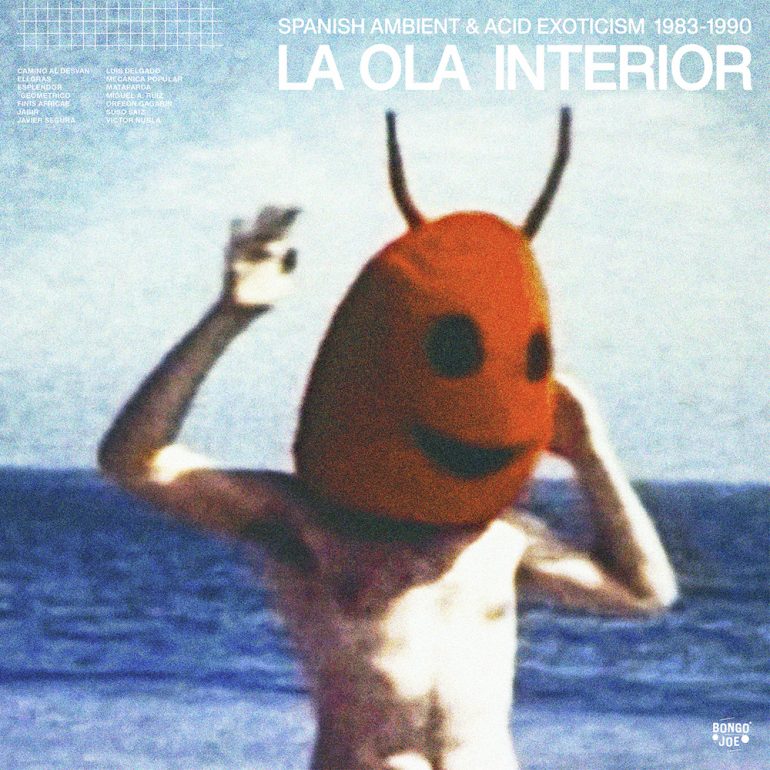Bongo Joe Records turn the page on their Spanish electronic music exploits with a new double LP release titled, LA OLA INTERIOR: Spanish Ambient & Acid Exoticism 1983-1990. Featuring 20 tracks selected from a fertile period of electronic music production and experimentation in mainland Spain, it shines a light on a tape culture movement and a creative sweep buoyed by a fetish for an exoticism of Asia and Africa.
With the Spanish recordings and philosophy of the ‘musica discreta’ (Spanish ambient) movement overlapping the premise and manifesto of Brian Eno and Jon Hassell’s Fourth World, compiler Loïc Diaz Ronda wanted to carve out deserved spaces for the artists involved, as key components within the history of experimental music. This ‘post movida’ selection features some cult and pioneering artists like Finis Africae, Suso Saiz (Music for Memory) and Miguel A. Ruiz but the majority of artists featured are generally unheard of in Spain or beyond. The album includes two tracks discovered and released for the first time ever (Suso Saiz’s Horizonte Paseo & Javier Segura’s Malagueñas 2), a handful of digital and vinyl exclusives and provides the musical backdrop to a scene that went under the radar, whilst simultaneously to the east, on the white island of Ibiza, another much publicised revolution, was well underway.

LA OLA INTERIOR focuses on the ambient music made by two sets of artists. The first were the young, underground producers, who were constantly experimenting using new methods of production, using sound collage and sampling (often African or Caribbean voices and rhythms) as tools to create industrial and noise and in doing so, sometimes inadvertently, creating loop based, sometimes polyrhythmic often sparse and ambient stretches of music. Socio economic change, Franco’s demise and the ‘movida’ counter-cultural movement spurred these new creative endeavours. Artists had a new sense of possibility with a DIY mentality, and the means and will to buy affordable analogue studio equipment, which they would set up in basements, attics and makeshift studios. Lengthy recordings sprung up, much of it emanating from the culturally rich and avant-garde city of Barcelona (Victor Nubla, Eli Gras, Camino al Desván) as well as Madrid (Miguel A. Ruiz, Esplendor Geométrico) and beyond. Some recordings were recorded to tape and sold through a modest catalogue and mail order system, in very small quantities, to enclaves as far as Berlin or Paris.
Artists like Finis Africae (Luiz Delgado) and Suzo Saiz & Javier Segura were from the second group of chosen artists, somewhat hippies who felt marginalised from the punk ideal spawned out of the ‘movida’. These established and independent musicians and producers tended to be older and with greater means. Like the former group, they were also experimenting with the ‘ethnic’ sound, a term that well outdated the now, out of date, ‘world music’. Few of these artists were able to travel at the time, despite their lust for faraway destinations and culture, so they collected ancient and traditional instruments and incorporated those into their songs, feeding their desire and fetish for exoticism hence the title of the compilation.

There was little live element with the scene. Artists from both camps met up, discussed music and manifesto, invited each other to their studios but this did not lead to public performance. The tape recordings, often produced by the artists themselves featured stark graphic design on the tapes mimicking much of the intensity and avant-garde nature of the content from Dadaist satirical parodies and derelict industrial sites to photographs of corpses. With the birth of the CD format, this tape culture came to a standstill in the early 1990s.
It’s noted that the ‘musica discreta’ scene was one dominated by men but there were stand out contributions and visibility, included here, from women like Eli Gras and Camino el Desván.

Whilst the concept of Fourth-World Music is less palatable these days with its connection to colonial and hierarchal first and third world terms, Brian Eno and Jon Hassell’s influence on the Spanish block of musicians is not in question. The desire of the artists to incorporate otherworldly codes and re-configure those within their unique Spanish identity, one that was derived from a Franco-free DIY mentality, supercharged during the movida movement, helped create a brand new approach and radical proposal for electronic music.
La Ola Interior: Spanish Ambient & Acid Exoticsm 1983-1990 is set for release on Bongo Joe Records on March 5th, 2021
Order your copy here.

